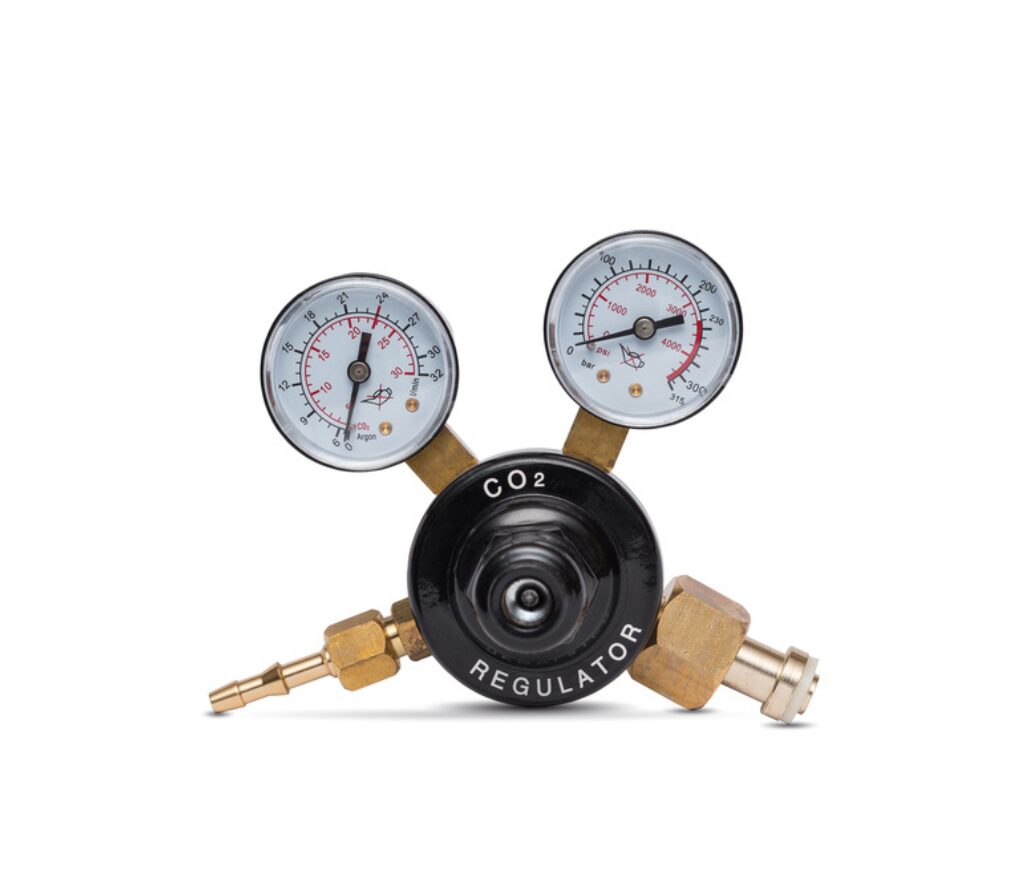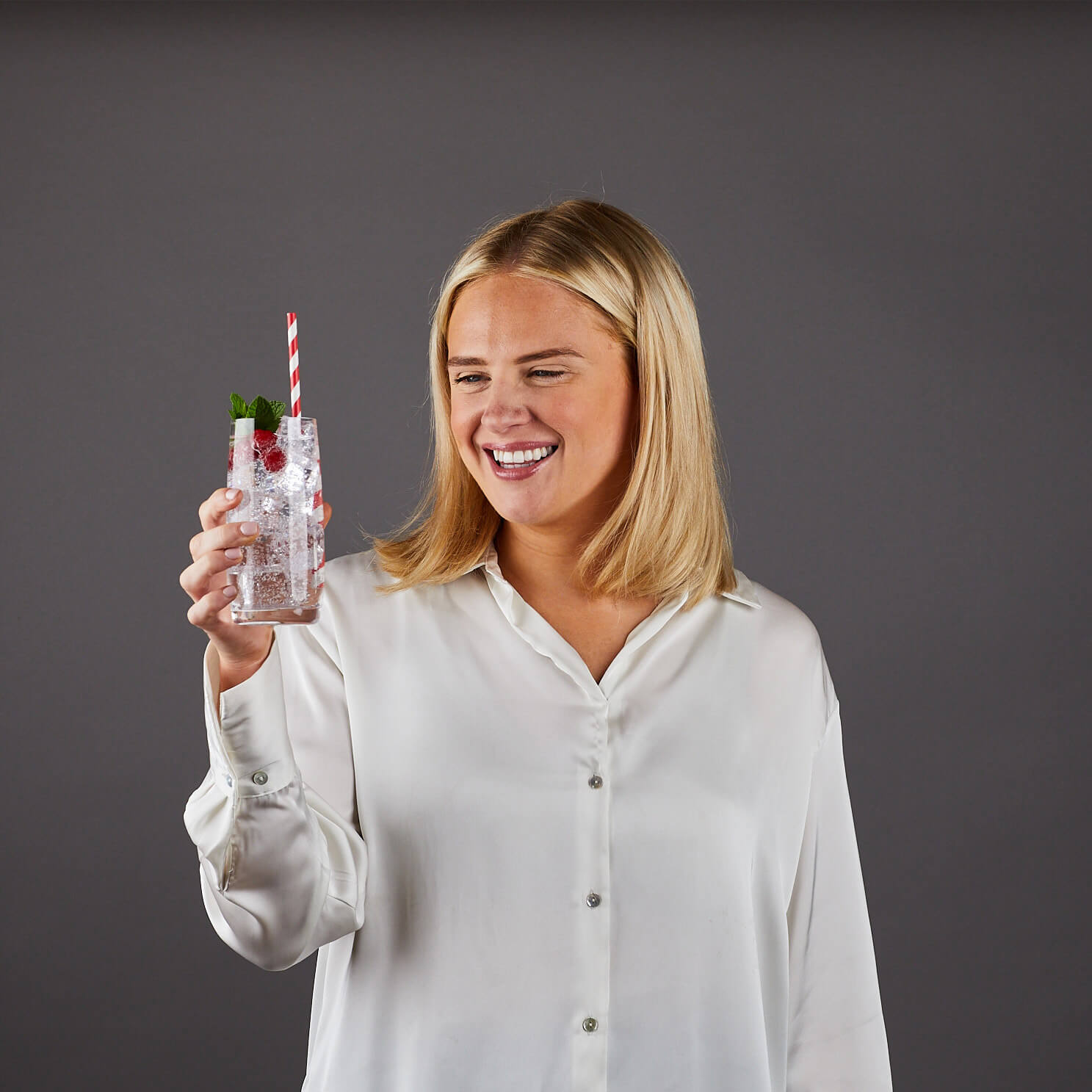Discover the difference CO2Sustain makes
Posted in Sustainability
Leading drinks manufacturers are aware of the critical role carbonation plays in consumer satisfaction. Whether it’s the crisp bite of a soda or the refreshing sparkle of a seltzer, carbonation is central to the consumer drinking experience. However, preserving this from production to consumption can be a challenge. Traditional carbonation retention methods, whilst effective to a point, have their limitation, especially when balancing quality with cost efficiency and sustainability.
This is where CO2Sustain can add value and a competitive advantage.
Traditional Carbonation Retention Methods:
-
High-Pressure Bottling
One of the most common methods used to retain carbonation is high-pressure bottling. By filling containers at higher pressures, the idea is to trap CO2 gas within the beverage for as long as possible.
Pros: It’s a relatively simple and well-understood method that many beverage producers rely on. High-pressure bottling works across a wide range of beverages and container types.
Cons: Increased bottling pressure raises costs, particularly in terms of energy consumption and the need for specialised equipment. This method can also lead to inconsistencies in carbonation retention, particularly as the beverage is exposed to temperature fluctuations in transit and storage. Additionally, the high-pressure approach can limit container options (e.g., glass vs. plastic) due to structural integrity concerns.
-
CO2 Over-Saturation
Another method commonly used is to deliberately over-saturate the beverage with CO2 during production. The idea is that even as some CO2 is lost during the packaging process, sufficient levels remain to provide the desired sensory experience when the product reaches the consumer.
Pros: Over-saturation helps ensure that some level of carbonation is retained, even under suboptimal storage or transportation conditions.
Cons: Over-saturation can result in excessive foaming and waste during filling. It also requires more CO2, which has both environmental and economic impacts. Over time, the loss of excess CO2 can still lead to flat drinks on the shelves.
-
Barrier Packaging
In recent years, some manufacturers have turned to advanced packaging materials to reduce carbonation loss. Barrier bottles and cans use multi-layer technology or coatings designed to reduce the permeability of CO2 through the container walls.
Pros: This technology can significantly reduce CO2 loss over time, extending the shelf life of carbonated beverages.
Cons: Specialised packaging can be expensive, and it limits flexibility in terms of container design and material. Plus, the environmental impact of these materials, particularly plastics, is increasingly under scrutiny by regulators and consumers alike.
CO2Sustain: A Game-Changing Innovation
CO2Sustain offers a novel alternative that addresses many of the shortcomings of traditional carbonation retention methods. Here’s how it differentiates itself:
-
CO2 Retention Through Liquid Solution
Unlike traditional methods that rely on external factors such as pressure or packaging to retain carbonation, CO2Sustain is a liquid solution added directly to the beverage during production. It works by modifying the surface tension of the liquid, allowing CO2 molecules to remain dissolved for longer.
Pros: By operating at the molecular level within the liquid, CO2Sustain offers consistent carbonation retention across different beverage types and packaging formats. It eliminates the need for over-saturation, reducing waste and CO2 consumption. This can lead to cost savings over time and improve sustainability efforts—an increasingly important factor for companies with ambitious ESG targets.
-
Flexibility Across Beverage Types and Packaging
One of CO2Sustain’s key advantages is its versatility. It can be used in various beverages, from sparkling water to sodas and tonics along with energy drinks, without needing adjustments in your production process. Similarly, it works well with a variety of packaging materials, allowing for more freedom in product design and branding.
Pros: This flexibility makes it easier for R&D departments to innovate with new beverage lines and container designs without having to worry about compromising carbonation quality. It’s a scalable solution that can be easily integrated into existing production processes without the need for expensive upgrades to machinery or packaging.
-
Reduced Environmental Impact
Sustainability is top of mind for every beverage producer, and CO2Sustain helps address that concern. By reducing the need for over-saturation, it minimises CO2 emissions from production. Additionally, since it enables effective carbonation retention in standard packaging, there’s less reliance on environmentally harmful materials like barrier plastics.
Pros: CO2Sustain not only helps reduce a company’s carbon footprint but also aligns with consumer demand for more sustainable products.
-
Enhanced Consumer Experience
At the end of the day, the consumer experience is what drives brand loyalty. CO2Sustain ensures that the beverage maintains its carbonation and taste throughout its shelf life, improving the chances of a repeat purchase.
Pros: Consumers often equate the quality of a drink with its fizz and freshness. With CO2Sustain, you’re able to deliver that consistent experience from the first sip to the last, reinforcing your brand’s reputation for quality
Key Takeaways
For teams focused on beverage innovation and product quality, CO2Sustain offers several compelling benefits:
- Cost Efficiency: Reduces CO2 usage by an estimated 12% and energy costs associated with traditional methods like high-pressure bottling and over-saturation.
- Sustainability: Helps meet environmental targets by lowering CO2 usage and reducing reliance on specialty packaging.
- Product Quality: Ensures consistent carbonation retention across different beverage types and packaging formats, improving the overall consumer experience.
- Ease of Integration: Easily integrates into existing production processes without requiring significant changes to equipment or operations.
What’s next?
If your team is seeking to enhance carbonation retention and address the challenges this article covers, it’s time to consider using CO2Sustain. Using our technology could not only streamline your production process but also provide a competitive edge in an increasingly eco-conscious market.
To find out more about please contact us either by calling +44 (0)113 465 4601 or by emailing info@co2sustain.com




